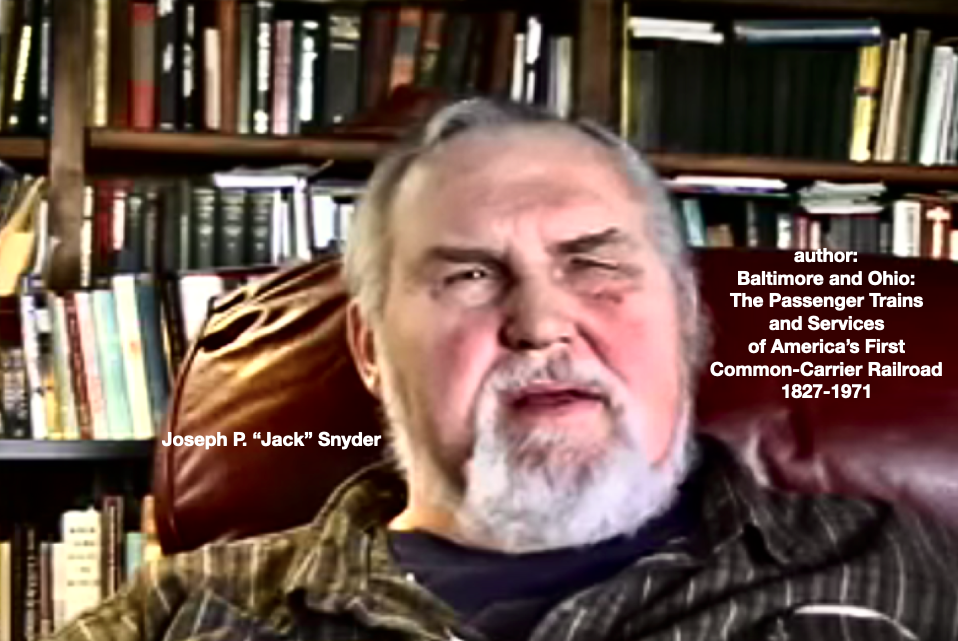621 words
VIDEO: ‘Jack’ Snyder and John Brown’s Mistake with the B&O at Harper’s Ferry, Va 1859. – TRT: 4:41.

The seminal event that occurred on the Baltimore and Ohio railroad in 1859 was the raid by abolitionist John Brown on Harper’s Ferry where the federal armory – one of two federal armories the other was in Springfield, Massachusetts – was located. What happened on this occasion was that Brown and his men moved from their farmstead in Maryland across the river from Harper’s Ferry into Harper’s Ferry during the night October 16, 1859, and they attempted to take control of the town of Harper’s Ferry and the federal armory.
The B&O train from Wheeling to Baltimore made a brief stop in Martinsburg for crew change, replenishment of water and fuel and then it came on to Harper’s Ferry in the middle of the night. It was stopped in Harper’s Ferry about two o’clock in the morning of October 17, 1859. One of the things that happened very quickly is that one of the B&O railroad employees, a porter by the name of Heyward Shepherd, was shot by one of Brown’s men and died several hours later. As many of you will know, the raid was aimed at upsetting the plantation aristocracy and causing revolt of black slaves. And momentarily, it looked like it might succeed. However, the train was released the next morning by Brown and his men about six o’clock in the morning men October 17, 1859 and the conductor of the train, a man by the name of Andrew Phelps, boarded his train and got to the next station where there was a telegraph office and he alerted the managers of the B&O railroad in Baltimore what was happening. They at first did not believe him. And when he got to the next station, there was a message waiting for him and he replied to that that the situation was even more serious than what he had told them in his first message. When he got to Baltimore, he took one of the passengers who had been held hostage at Harper’s Ferry, temporarily, and he reported to the Master of Transportation on the railroad, a man by the name of William Prescott Smith and the president of the railroad at the time, John W. Garrett, was also present. He had been elected president in 1858. Once they understood the nature of the situation at Harper’s Ferry, they immediately contacted federal authorities and the secretary of war, John B. Floyd, summoned Robert E. Lee and one of his lieutenants, J.E.B. Stuart, who put together a group of soldiers, including a detachment of Marines under the command of Israel Green and took the train to Baltimore, and then over to Harper’s Ferry as quickly as they could. They very quickly defeated John Brown and his men and took them prisoner. And as you know Brown was later tried and hanged in Charlestown, Virginia on December 2, 1859. This turned out to be a rather minor incident in terms affecting the railroad and affecting military operations and policy of the United States. But it had a much wider effect in that it was widely reported nationally and internationally and caused a great outburst of feeling and indignation. And it really was effectively the kick-off – the curtain raiser you might say – to the Civil War itself which began in the spring of 1861.
Made possible by the generous, community mind support of American Public University System. (apus.edu) Sentiments and views portrayed in this series do not in any way reflect the modern-day 21st century policies of the University, but are offered to encourage fact-based discussion on the evolution of the foundational values of the United States. 621 words
